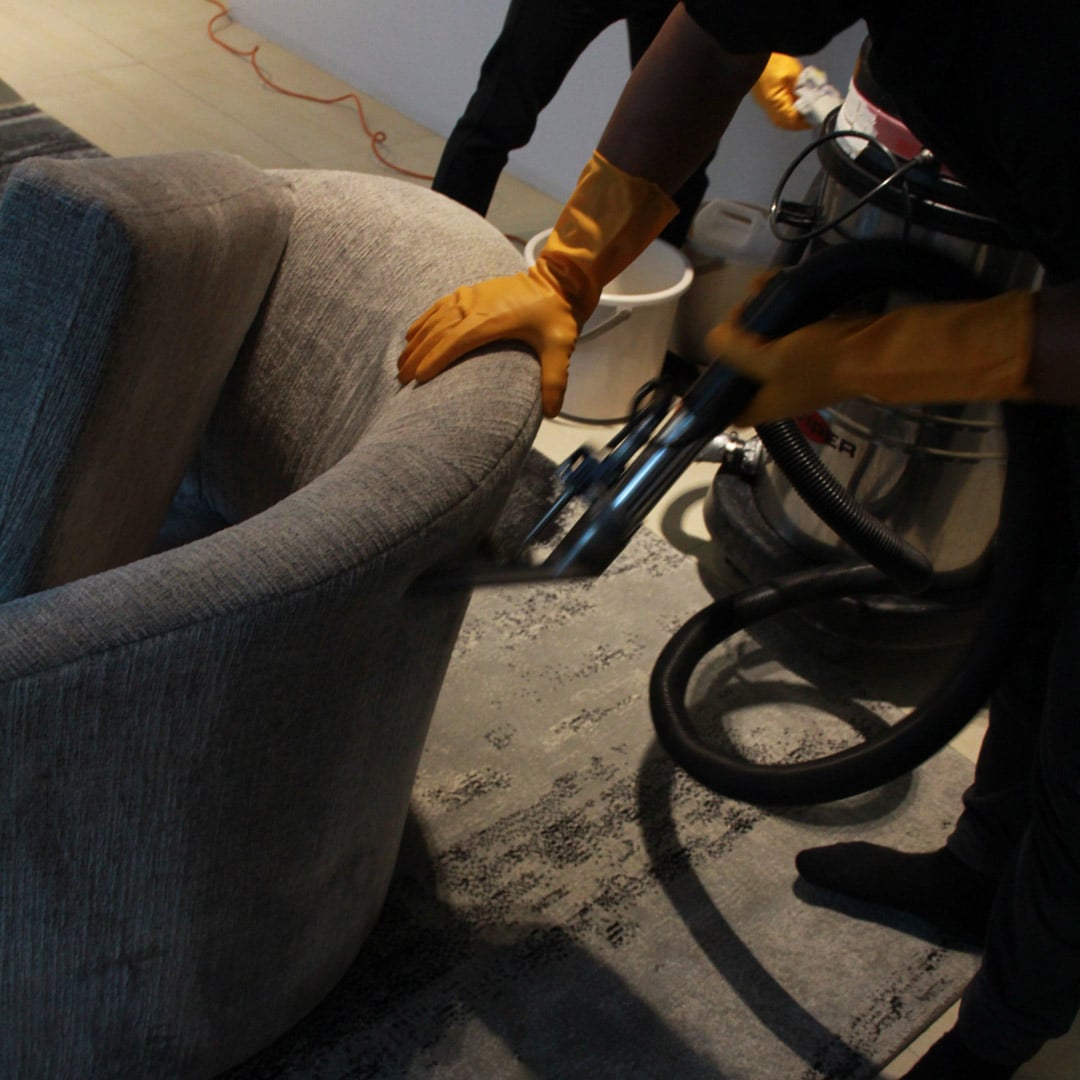This Upholstery Cleaning One Zero One: An Beginner's Handbook
Furniture cleaning might seem like a challenging task, but it is an essential part of keeping a fresh and inviting home. Many individuals neglect their furniture when it comes to maintenance, but just like carpets, upholstery accumulates dirt, stains, and allergens as time passes. This guide aims to demystify the process of upholstery cleaning, equipping you with the insight and tools you need to tackle even the toughest stains and odors.
From learning about the different cleaning methods available to identifying the signs that it’s time for a thorough cleaning, we will cover a wide range of topics that will empower you as a homeowner. Whether you're dealing with pet stains, allergens, or just regular wear and tear, we have tips and tricks to ensure your furniture looks its finest. Join us as we dive into the ultimate guide to upholstery cleaning, aiding you create a healthier and more comfortable living space for you and your family.
Furniture Care Basics
Grasping the basics of upholstery cleaning is essential for preserving the aesthetics and longevity of your upholstery. At the core of effective cleaning is knowing the type of material you're dealing with, as various materials require specific care. Always refer to the manufacturer's instructions for care guidelines, which may specify whether a water soluble or chemical cleaner is suitable. This knowledge will help you avoid damaging your upholstery and ensure a thorough clean.
Tools and products play a crucial role in the care routine. Necessary items consist of a hoover with upholstery attachments, microfiber cloths, brushes, and suitable cleaning agents designed for your particular fabric kind. It's beneficial to spend in premium upholstery care products that effectively target marks while being kind on the material. Additionally, using environmentally-friendly products can benefit both your home space and the planet.

Regularity of maintenance is another important aspect to consider. Regular maintenance, such as vacuuming once a week and spot cleaning as soon as stains arise, can stop dirt and grime buildup, keeping your upholstery clean. For a thoroughly deep clean, try to schedule professional cleaning at least once every twelve to sixteen months. This routine not only enhances the visual appeal of your items but also contributes to a better indoor air quality, making your living space more inviting.
DIY vs. Professional Cleaning
When it comes to upholstery cleaning, property owners often face the dilemma of whether to tackle the task on their own or hire a professional service. DIY cleaning can be attractive for its affordability and ease. Many homeowners feel confident by using home remedies and commercial cleaning solutions to treat typical stains. Nevertheless, lacking adequate expertise and tools, it is easy to make errors that can lead to damage or ineffective cleaning results.
On the other hand, professional upholstery cleaning offers expertise that can greatly improve the results. Trained technicians possess advanced equipment and expertise of different fabrics and stains, ensuring a deep and thorough clean. They are also knowledgeable about the appropriate methods for steam cleaning versus dry care, which can significantly influence the longevity and appearance of your upholstery. The investment in hiring experts can ultimately save you money by prolonging the lifespan of your furniture.
To summarize, the decision between Do-it-yourself and professional cleaning is influenced by several considerations, including your budget, the nature of the stains, and your confidence level with cleaning techniques. If the upholstery fabric is sensitive or heavily stained, seeking expert assistance is often the optimal choice to ensure a meticulous clean. For minor spills and regular upkeep, DIY methods may be adequate, provided you adhere to professional recommendations to avoid frequent mistakes.
Care & Prevention Tips
To keep your upholstery appearing new and new, regular care is key. Vacuum your upholstery at least one time a week to stop dust and debris from settling in the fabric. Using a soft brush attachment can help remove dirt without damaging fibers. Pay particular attention to seams and crevices in which crumbs and dust tend to accumulate. https://localcleaningservicesinc.com/ can significantly extend the life of your furniture and minimize the buildup of allergens.
In furthermore to regular vacuuming, consider treating your upholstery with a textile protector. This will create a shield against spills and stains, making cleaning easier and not as frequent. Look for environmentally-friendly options to ensure you're not introducing harsh chemicals into your home. Always follow the manufacturer's instructions for application to prevent any damage to the fabric.
Lastly, be proactive in dealing with spills and stains immediately soon as they occur. Blot the area softly with a clean cloth—never rub, as this can spread the stain. If you're unsure about how to treat a specific stain, check your upholstery’s care label for guidance. Taking these preventive measures can help maintain the beauty of your upholstery and conserve you time and effort in the long run.